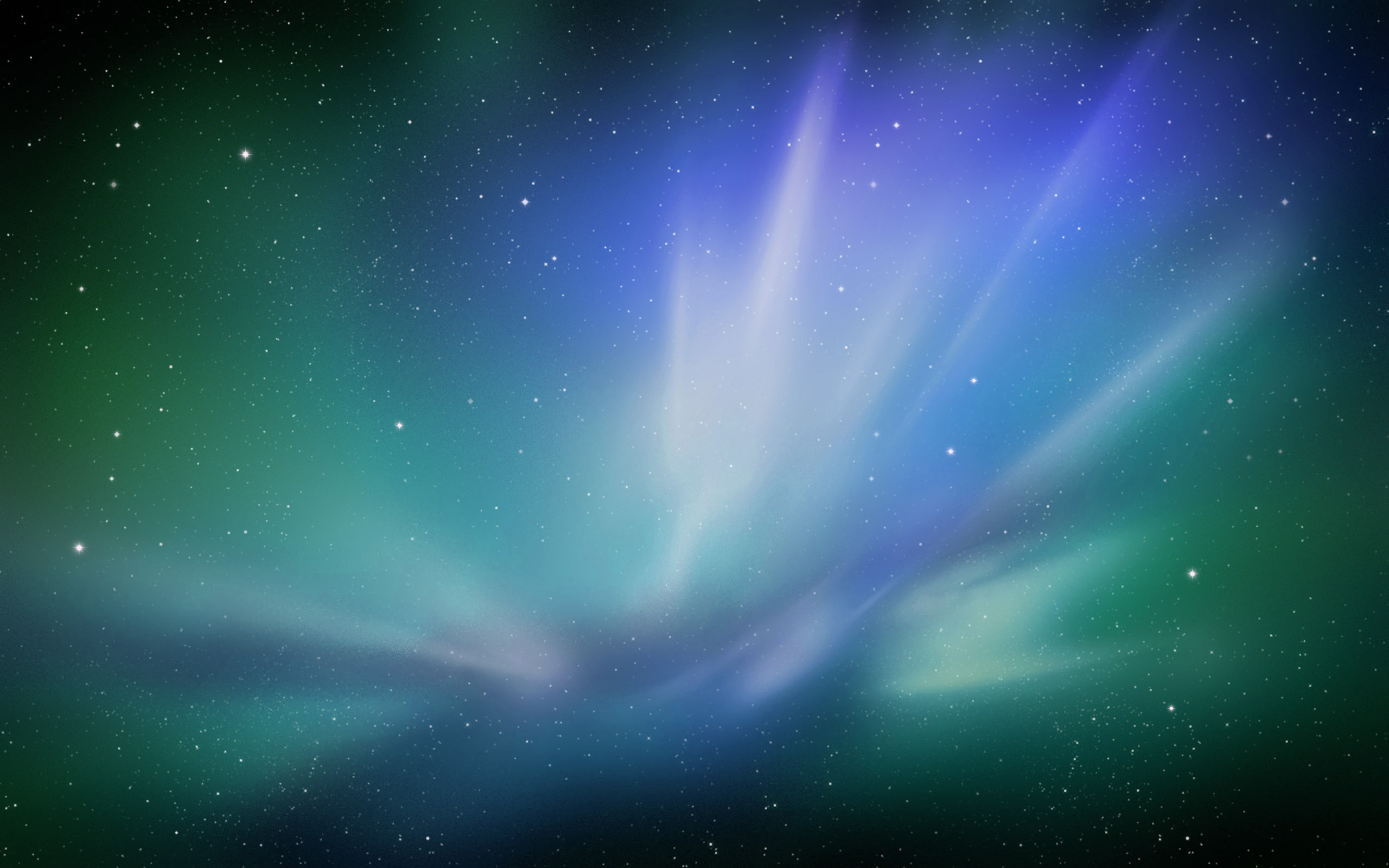Aurora Fall Mac OS
Aurora Fall Mac OS
Mac OS X Server 10.5 – also marketed as Leopard Server; Mac OS X Server 10.6 – also marketed as Snow Leopard Server; Starting with Lion, there is no separate Mac OS X Server operating system. Instead the server components are a separate download from the Mac App Store. Mac OS X Lion Server – 10.7 – also marketed as OS X Lion Server. Fable 3 Mac OS X. The third title in the Fable series is by far the best. Fable 3 for macOS is a project started because of a large number of requests from our users. A team of programmers has worked hard to offer a 100% os x compatible version for this game. Pre-WWDC 2020 page: Go to macOS Big Sur to learn more about what was announced at the developer conference and what it took to finally move to 11. This page will remain for reference to rumors. On Thursday, Apple released an update (10.5.1) for Mac OS X 'Leopard,' which debuted last month. It includes three fixes to the Application Firewall that could lead network services to be exposed. Apple also released a security update (3.04) for Safari 3 Beta for Windows XP and Vista on Wednesday.
Use Time Machine, the built-in backup feature of your Mac, to automatically back up your personal data, including apps, music, photos, email, and documents. Having a backup allows you to recover files that were deleted, or that were lost because the hard disk (or SSD) in your Mac needed to be erased or replaced. Learn how to restore your Mac from a backup.
Create a Time Machine backup
To create backups with Time Machine, all you need is an external storage device. After you connect the storage device and select it as your backup disk, Time Machine automatically makes hourly backups for the past 24 hours, daily backups for the past month, and weekly backups for all previous months. The oldest backups are deleted when your backup disk is full.
Connect an external storage device


Aurora Fall Mac Os Download
Connect one of the following external storage devices, sold separately. Learn more about backup disks that you can use with Time Machine.
- External drive connected to your Mac, such as a USB or Thunderbolt drive
- Network-attached storage (NAS) device that supports Time Machine over SMB
- Mac shared as a Time Machine backup destination
- AirPort Time Capsule, or external drive connected to an AirPort Time capsule or AirPort Extreme Base Station (802.11ac)
Select your storage device as the backup disk
- Open Time Machine preferences from the Time Machine menu in the menu bar. Or choose Apple menu > System Preferences, then click Time Machine.
- Click Select Backup Disk.
Enjoy the convenience of automatic backups
After you select a backup disk, Time Machine immediately begins making periodic backups—automatically and without further action by you. The first backup may take a long time, but you can continue using your Mac while a backup is underway. Time Machine backs up only the files that changed since the previous backup, so future backups will be faster.
To start a backup manually, choose Back Up Now from the Time Machine menu in the menu bar. Use the same menu to check the status of a backup or skip a backup in progress.
Aurora Fall Mac Os X
Learn more
- Learn about other ways to back up and restore files.
- If you back up to multiple disks, you can press and hold the Option key, then choose Browse Other Backup Disks from the Time Machine menu.
- To exclude items from your backup, open Time Machine preferences, click Options, then click the add (+) button to add an item to be excluded. To stop excluding an item, such as an external hard drive, select the item and click the remove (–) button.
- If using Time Machine to back up to a network disk, you can verify those backups to make sure they're in good condition. Press and hold Option, then choose Verify Backups from the Time Machine menu.
Aurora Fall Mac OS
